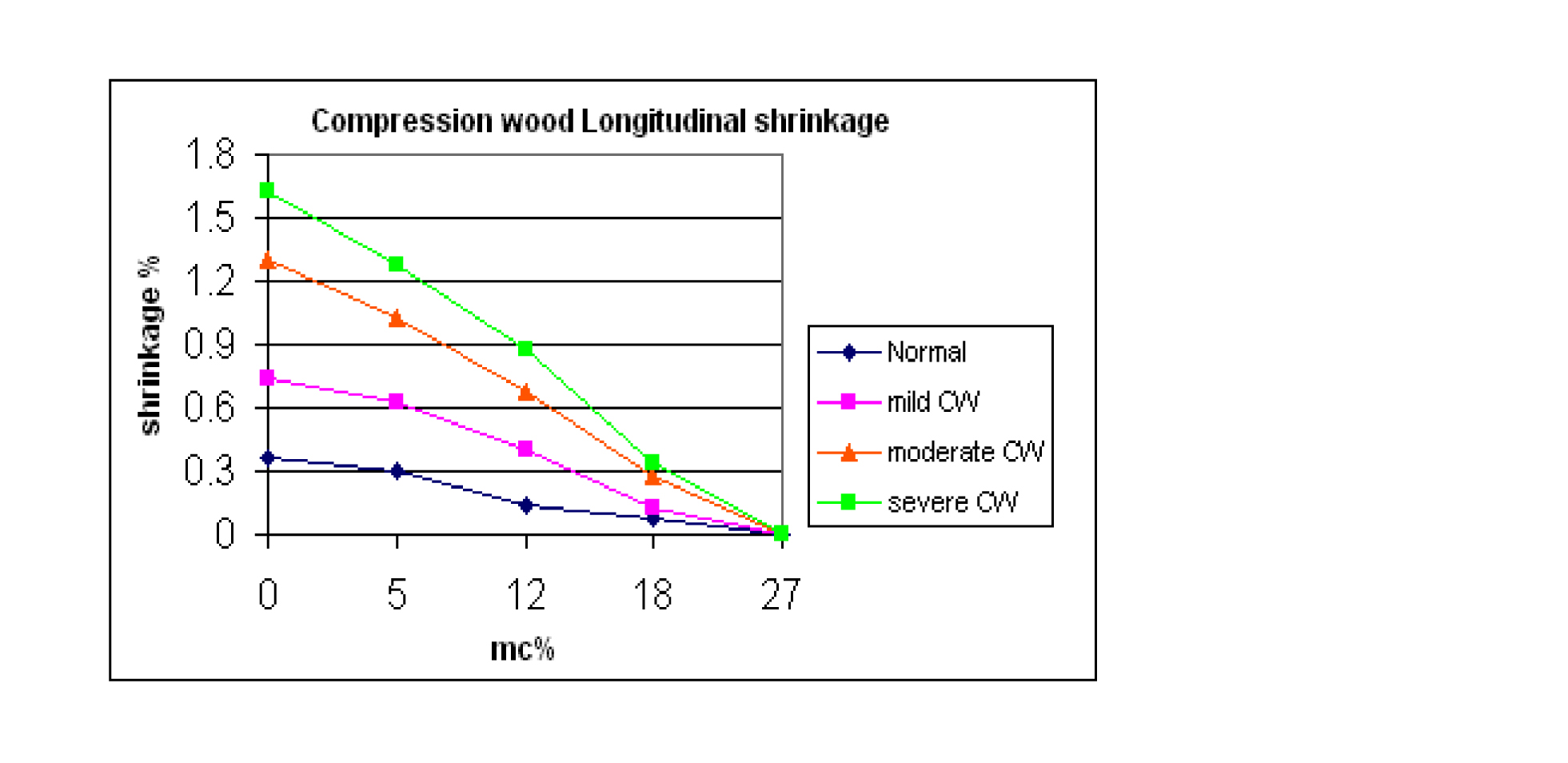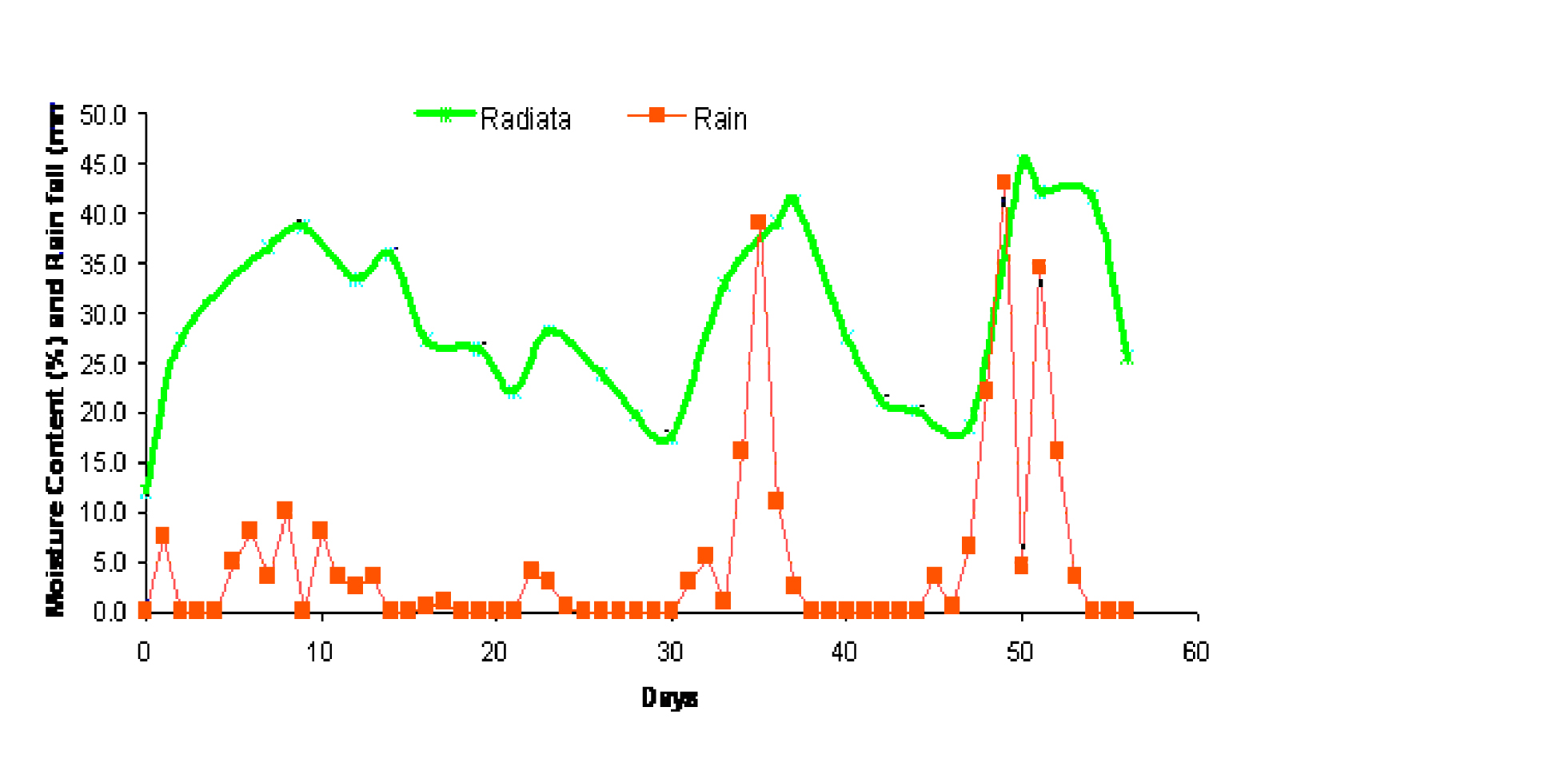Buckling Of Roof Flashings
BUCKLING OF ROOF FLASHINGS
Rod Newbold (Commercial Manager, Steel & Tubing Roofing Products),John Turner (Wood Technologist, SCION)
THE PROBLEM.
There has been a spate of compression buckling of transverse roof flashings, such as ridges, aprons, and apex barges, over recent years. The buckling can be seen in a number of forms, from a series of ripples along the length of the flashing, to a total collapse where the material is pleated and one face overlaps the other (Figure 1 and 2).
Buckling of transverse flashings has certainly become more common over recent years. So what has changed? The following have been considered as possible causes:
(a) Thermal Expansion
Although thermal expansion still has to be considered for long runs of flashings, it is not considered the prime cause of the problem. Thermal expansion of a dark roof experiencing normal temperature differentials is less than 1mm/m, the buckling has occurred in both long and short runs of flashing, and does not reverse in cold weather.
b) Material thickness
The problem occurs with .40mm and .55mm ridging, also .55mm barges, aprons, fascias and change-of-pitch flashings. Although testing at SCION has confirmed that .40mm material is more susceptible to this problem, it is not considered the primary cause.
(c) Changes in Building or Roofing Installation Practice.
A change in roofing installation practice has been the swing towards substitution of nails with screws. Possibly because nails are more forgiving of any movement by bending at the shank more than a screw, the problem appears more common with screwed roofs rather than nailed roofs, but both are susceptible. Changes in roofing installation practice cannot be identified as the primary cause.
(d) Changes in Materials
Although profiled metal has changed from Galvanised to Zinc/Aluminium coated, the iron substrate has not altered, and the physical properties of expansion and contraction remain the same. Material change cannot be the primary cause.
(e) Change in the timber purlins?
The answer could well be yes! Changes in forestry management have focussed on getting trees to grow quicker to maximise return on investment, and to produce timber that is primarily free of defects such as knots. In achieving this there has been an increase in the tree stem of something called Compression Wood.
Compression Wood was formerly associated with trees growing with a lean, that developed the ability to expand along the grain while being formed, thus slowly
bending the stem back to a vertical position. With recent plantation growing techniques this wood type appears more common, which due to wider spaced planting and high pruning, can be subject to wind stress from all sides. Consequently Compression Wood can appear all round the cross-section of the trunk not just the under-side of leaning trees. Figures 3
 Figure 3(right) Compression wood all round the stem cross-section.
Figure 3(right) Compression wood all round the stem cross-section.
Compression wood has a darker appearance in the early wood (summer) growth rings (Figure 4&5) and a different cell shape to normal wood (Figure 6). It is not easy to accurately visually distinguish such severity levels in sawn timber, microscopic identification is required.
 Figure 4 (left): Compression wood in leaning stems, severe,.
Figure 4 (left): Compression wood in leaning stems, severe,.
Figure 4.1 (below): Compression wood in leaning stems, moderate.

Figure 5 (below):Normal wood (Left) and Compression Wood (right)
Compression Wood is not as strong as normal timber but, most relevant to our case, it has vastly different shrinkage characteristics. Normal timber will shrink upon drying from green (30% moisture content (mc)) to air dry (12%mc) longitudinally by about 0.1% of its length. Juvenile wood, which is becoming more common, will shrink somewhat more than that but not as much as Compression Wood. Compression Wood varies in its shrinkage potential, ranging from mild (0.4%) to severe (1%) over the same mc range (figure 7). That means a 2.4 metre length of timber, with severe Compression Wood along its length, could shrink as much as 24mm upon air drying! This is ten times the expansion experienced by a dark steel roof.
Figure 6: Comparison of cell structure

Normal wood cell

Compression wood cell
Figure 7 Graph (below) showing longitudinal shrinkage, from ‘green’, of Compression Wood for different levels of severity, compared to normal timber
Testing done at SCION in 2010 has indicated that shrinkage of as little as 6.5mm can result in the buckling of ridging. It is considered that compression wood with its associated shrinkage movement, is the most likely cause of the increased incidence of buckling of transverse flashings
THE CURE?
Three possibilities come to mind:
1. Avoid using purlins containing Compression Wood.
2. Use kiln dried timber, or use steel battens.
3. Allow timber to dry before attaching transverse flashings.
Avoid timber containing compression wood.
Although a professional can visually identify such timber to an extent, it is certainly not practical for timber graders, never mind a builder, to identify and eliminate it.
Use kiln dried purlins
Green timber starts to shrink once the moisture content dries below 30%. Kiln dried framing timber is usually dried to a target of 14%mc, but individual samples may have an mc of 21 or more which still allows for excessive shrinkage
Additionally, when dry Radiata timber is exposed to rain, it can very quickly re-wet above 30% moisture content but take considerably longer to dry back again (Figure 8). Using kiln-dried purlins is only a partial solution
RECOMMENDATION TO CURE THE PROBLEM
Allow Timber to dry before fastening transverse flashings
Do not fasten transverse flashings to timber members that have an mc in excess of 18%. A lower moisture content would be better but takes longer drying time. (BRANZ reports indicate a roof-space average emc of 9%),
Figure 8 Graph showing average moisture content of exposed framing members (October-December 2003)

